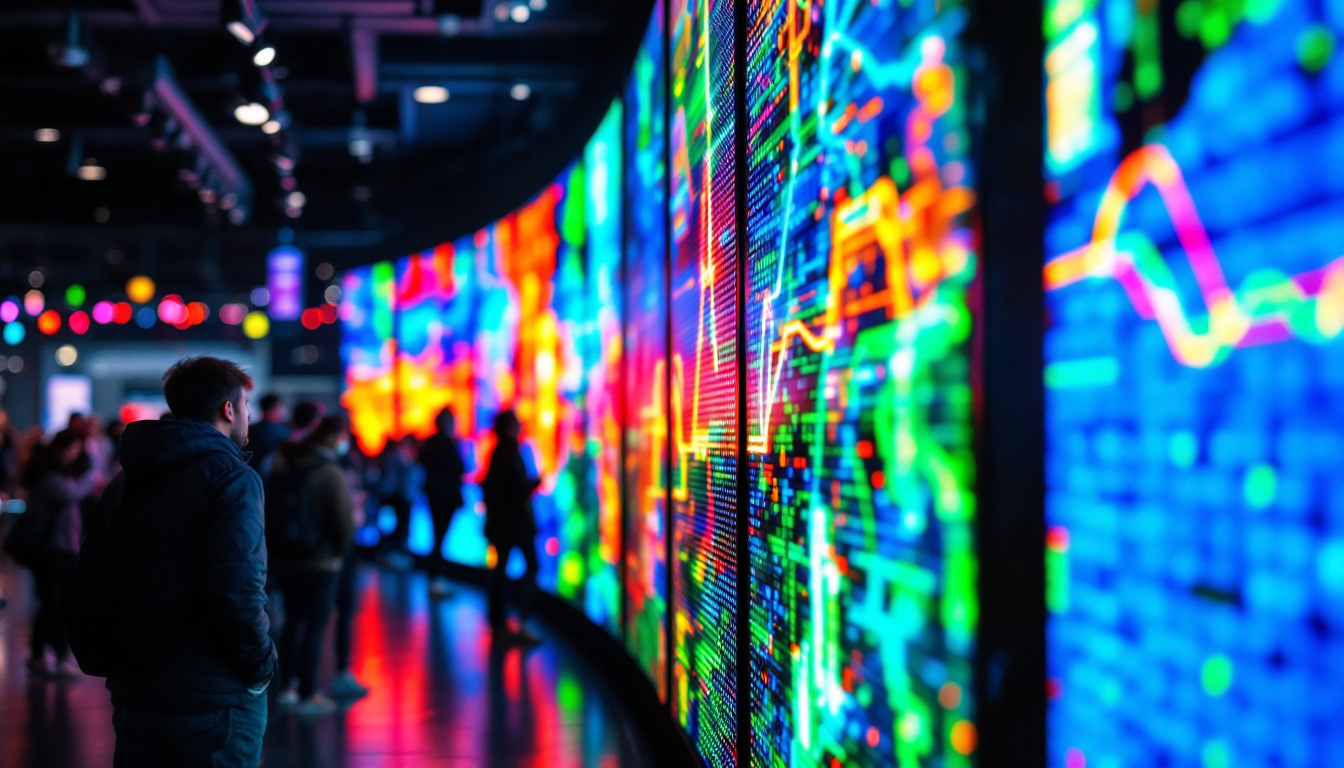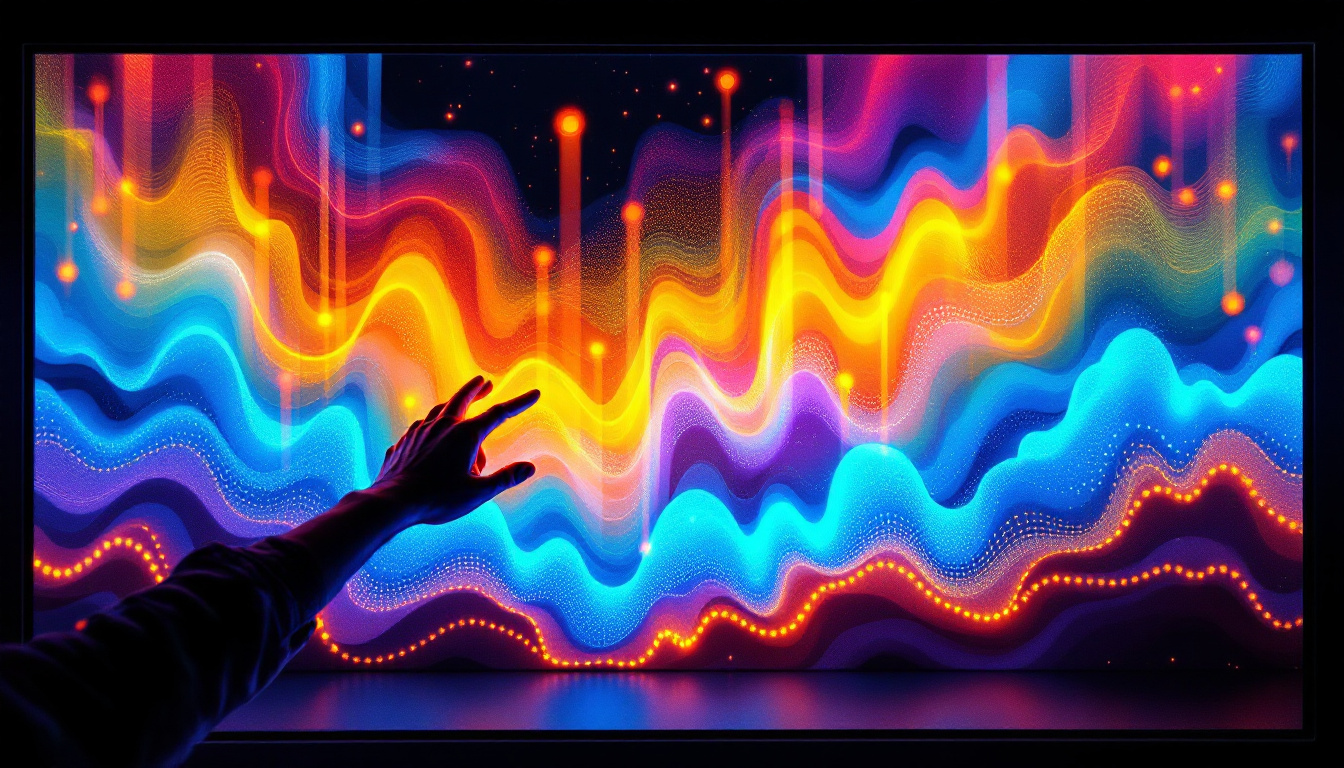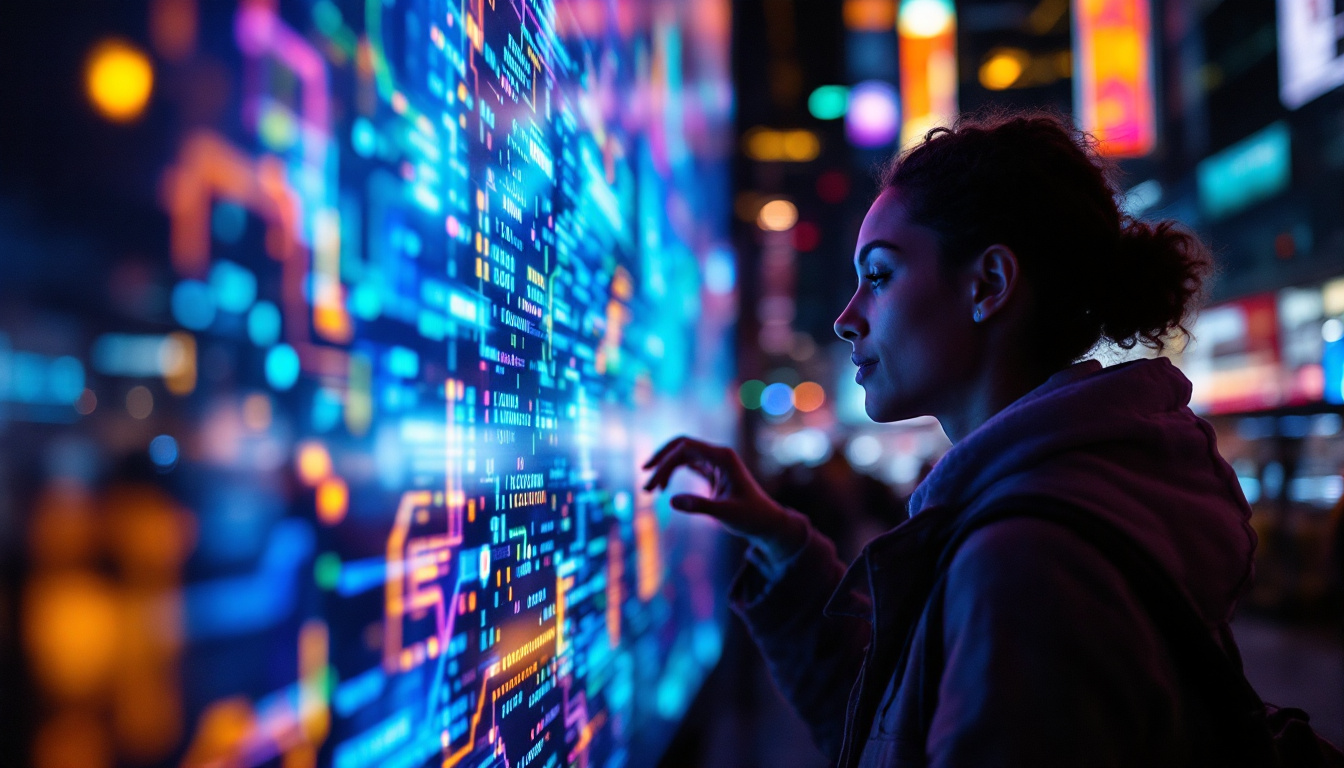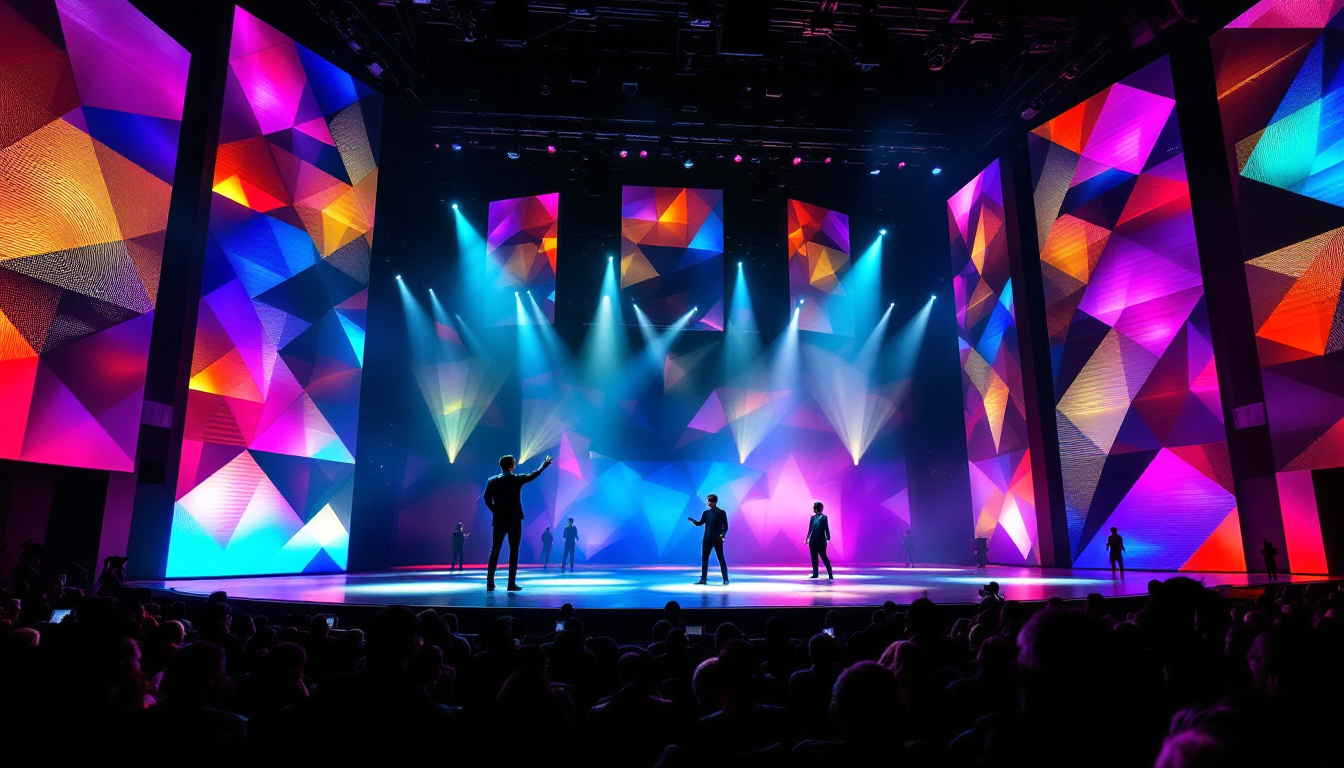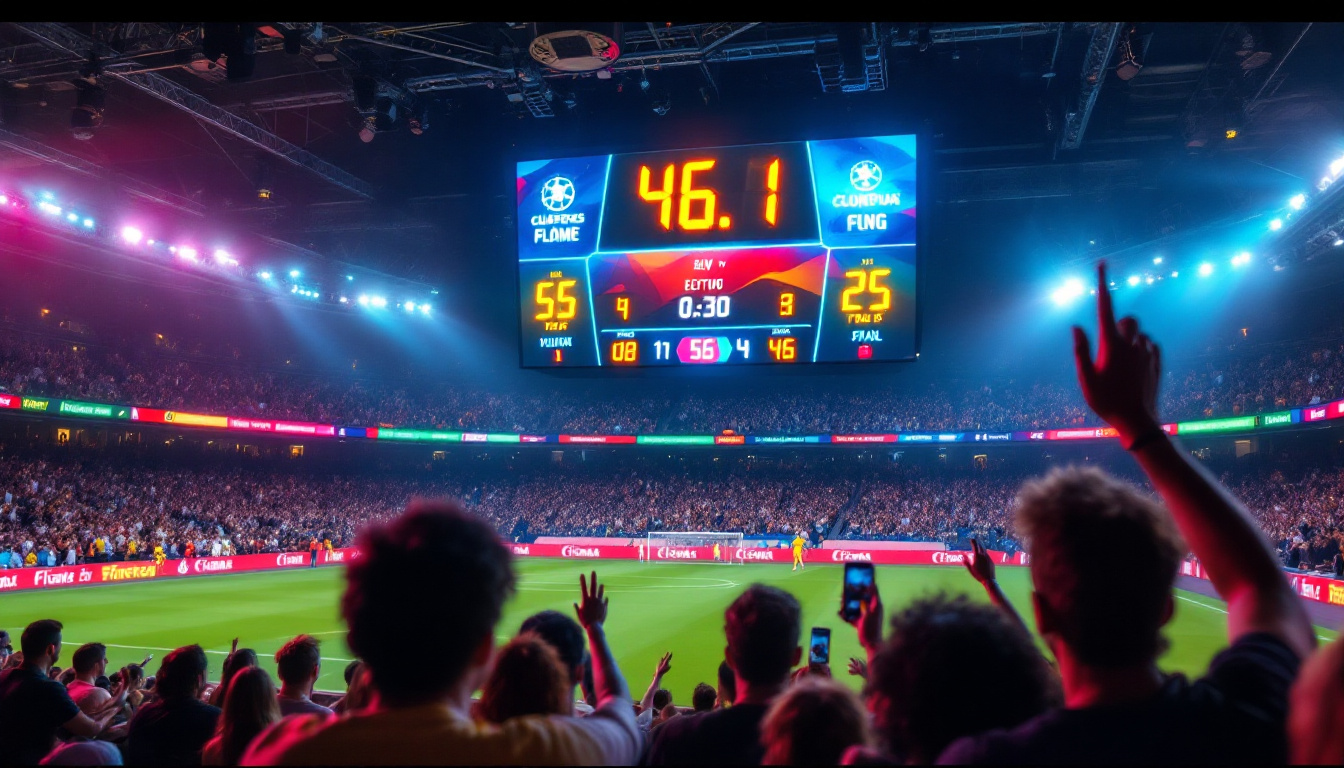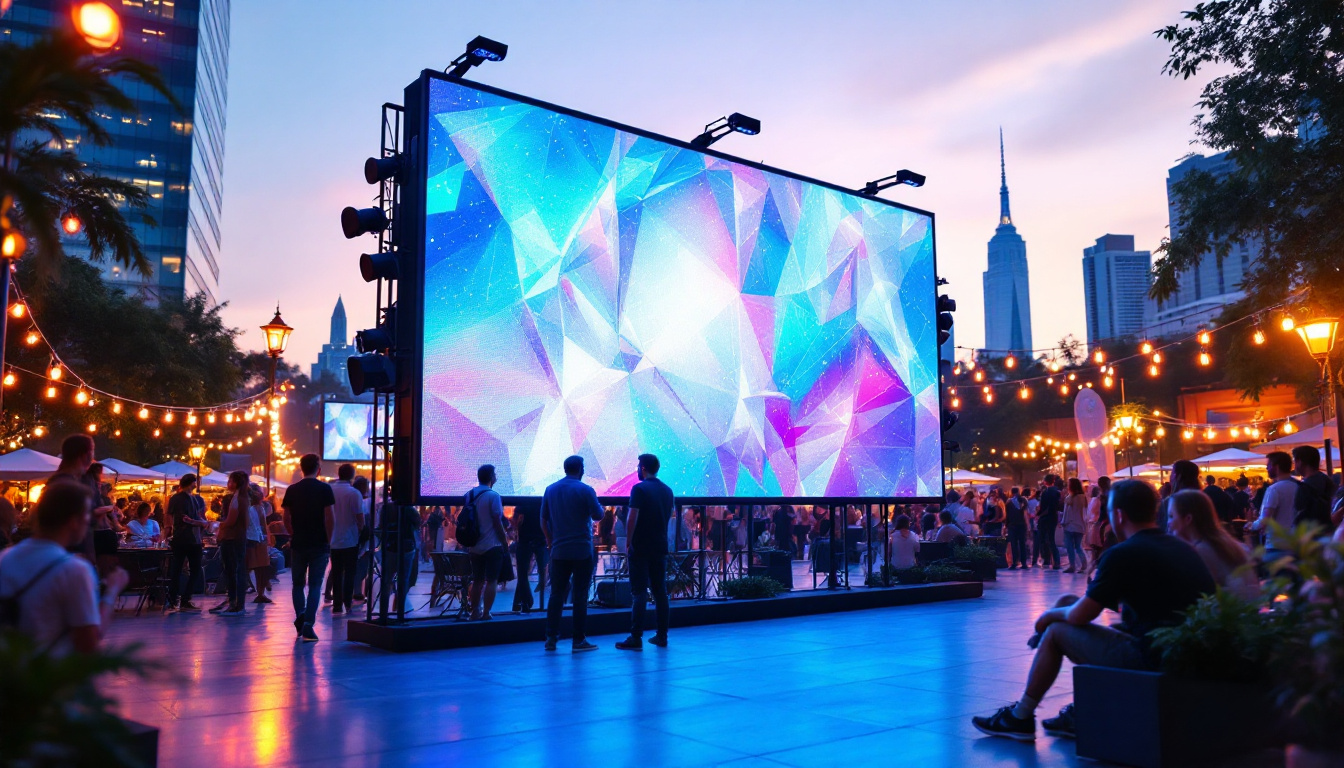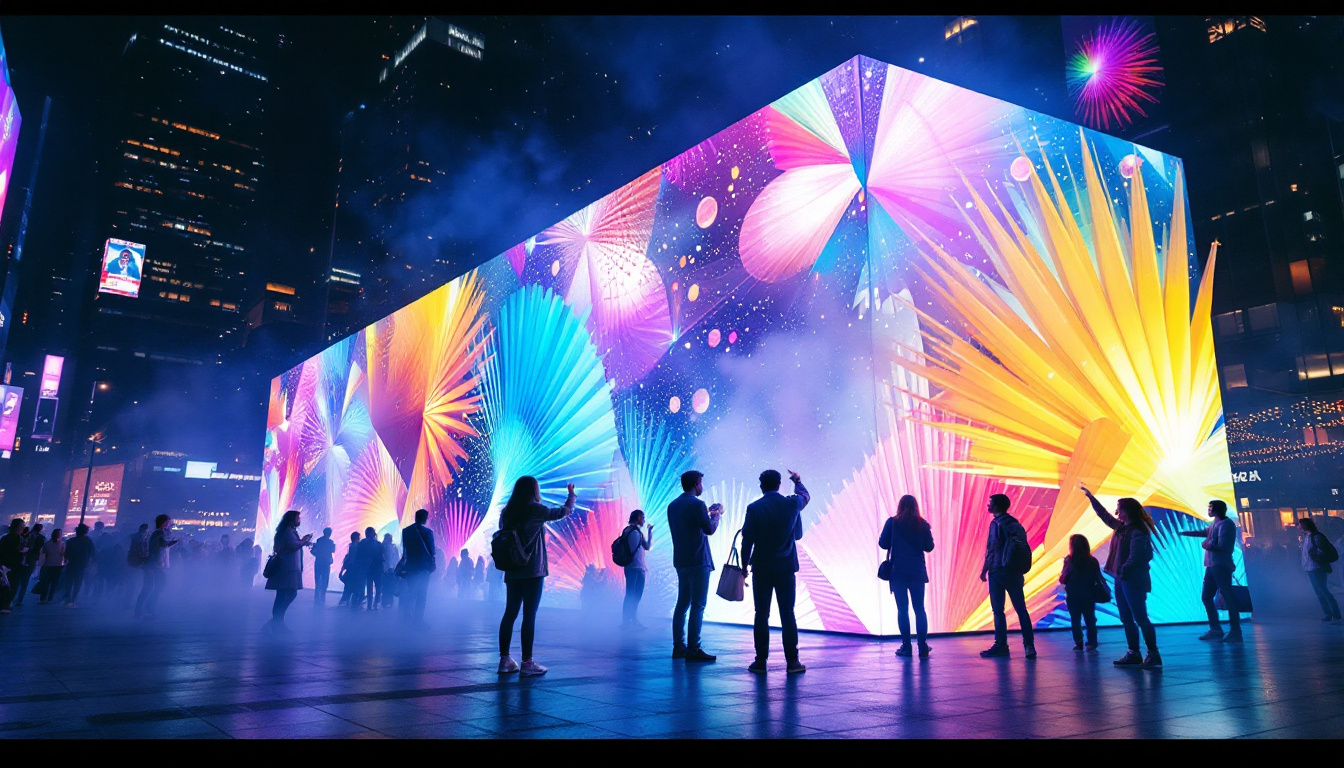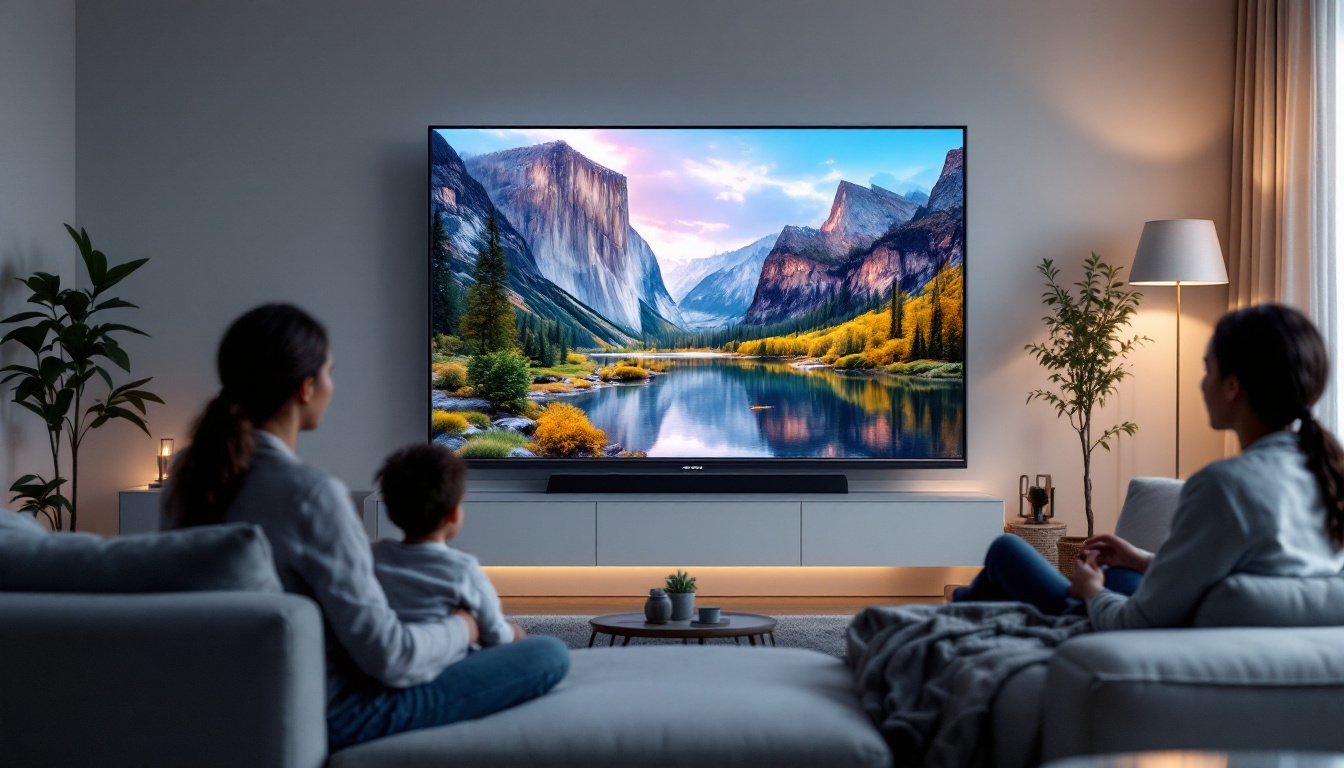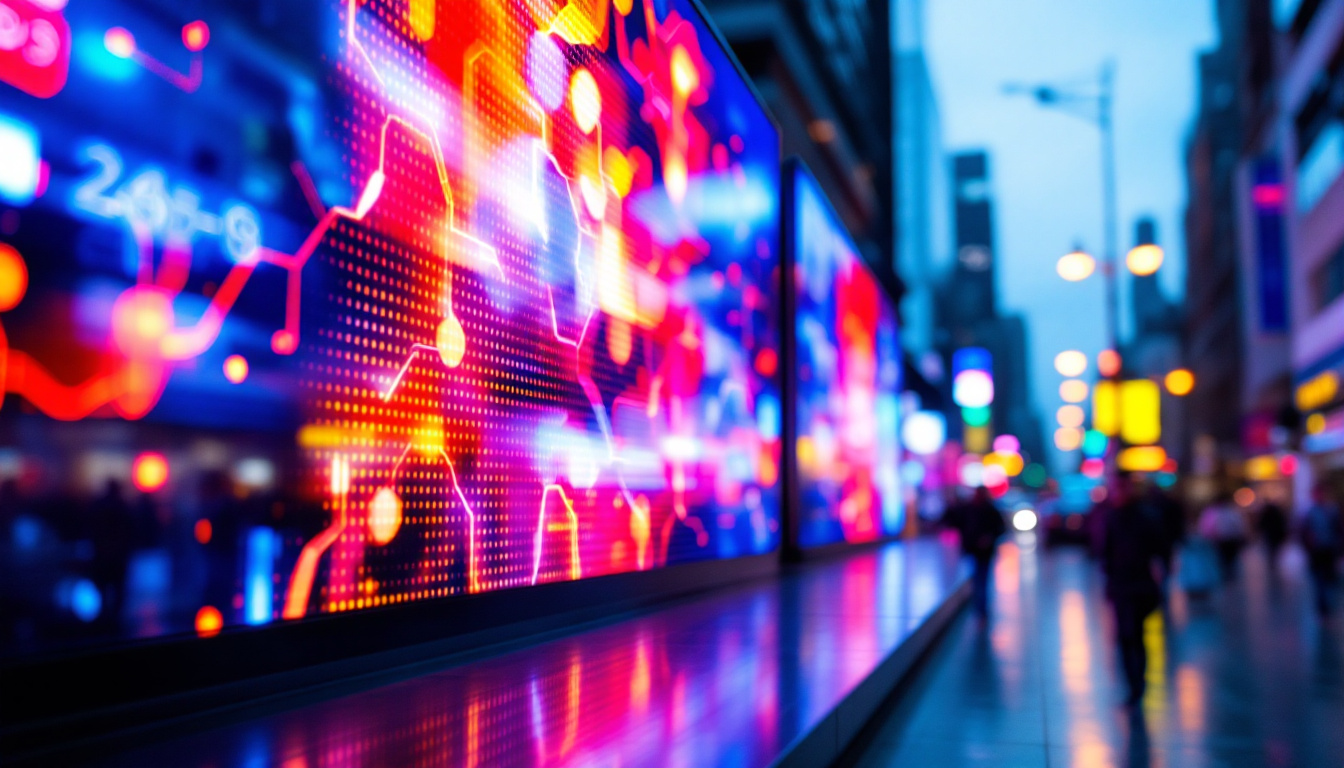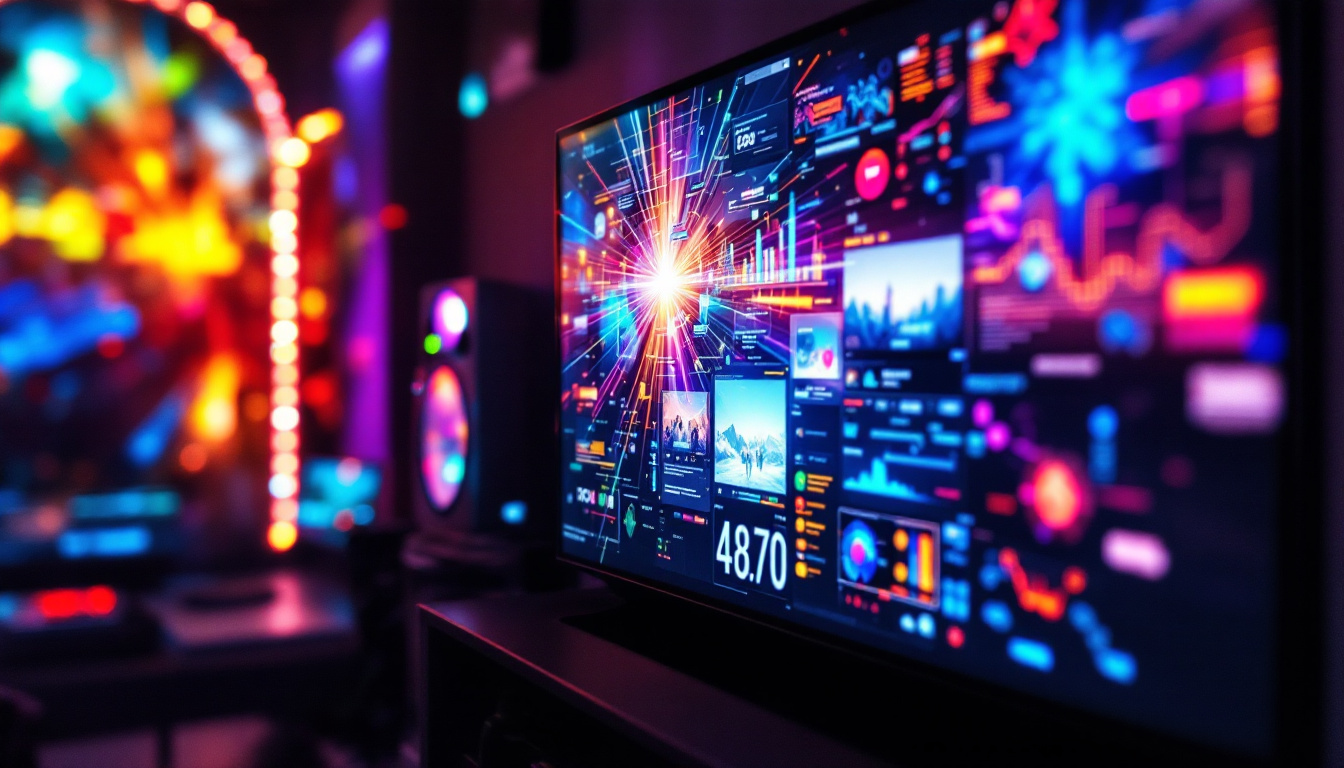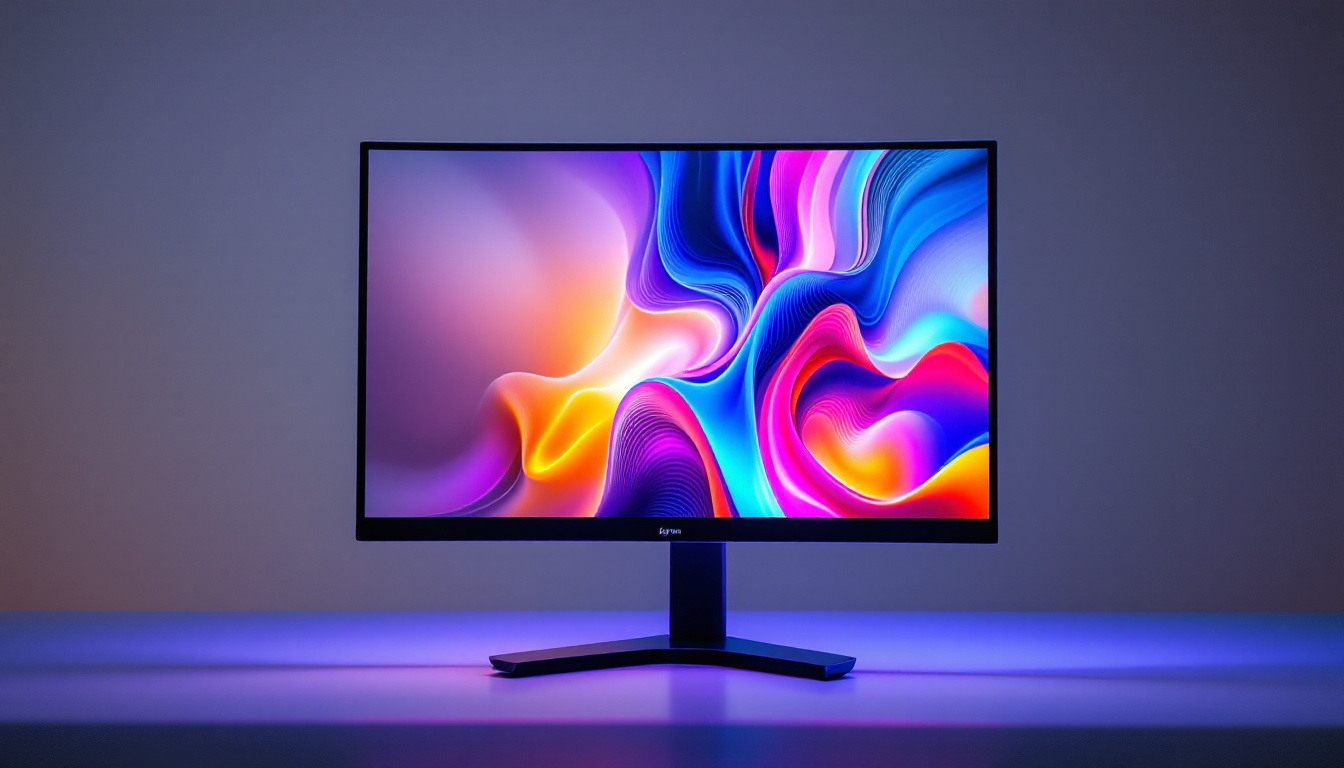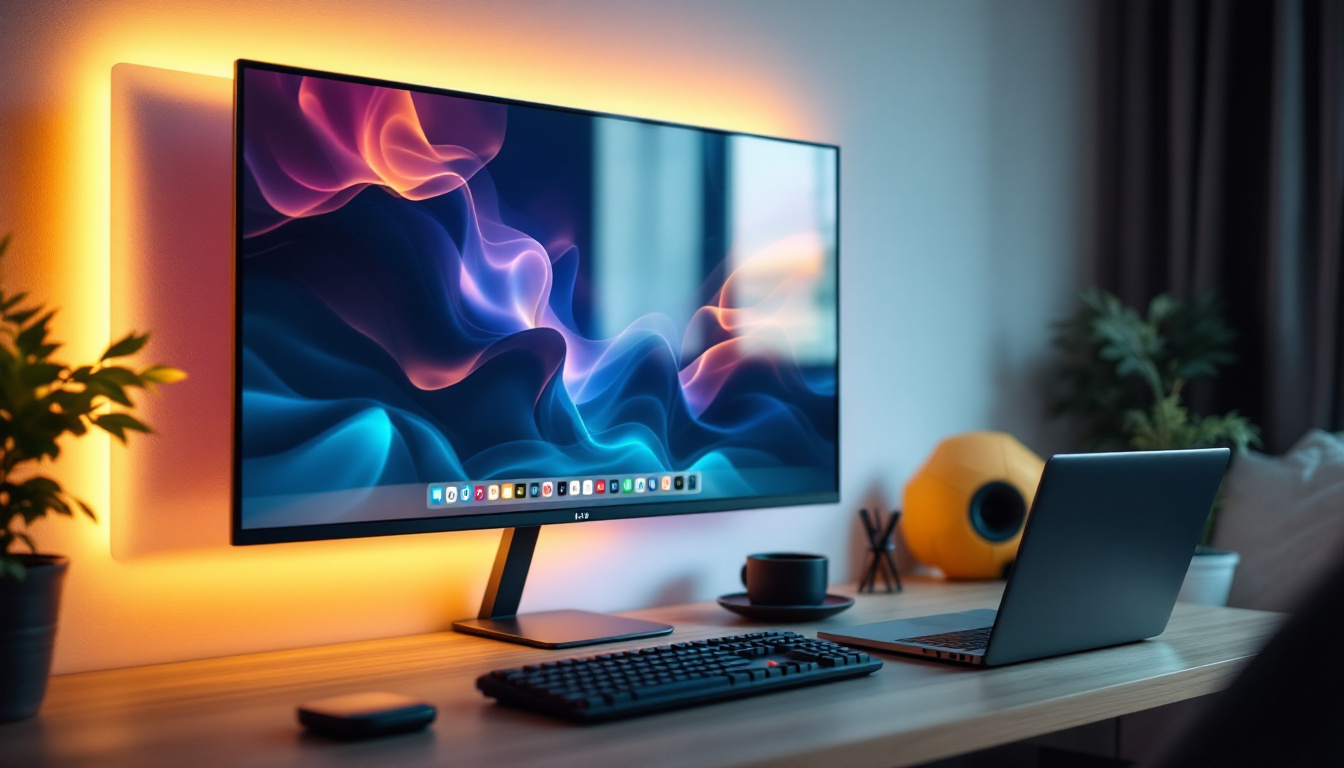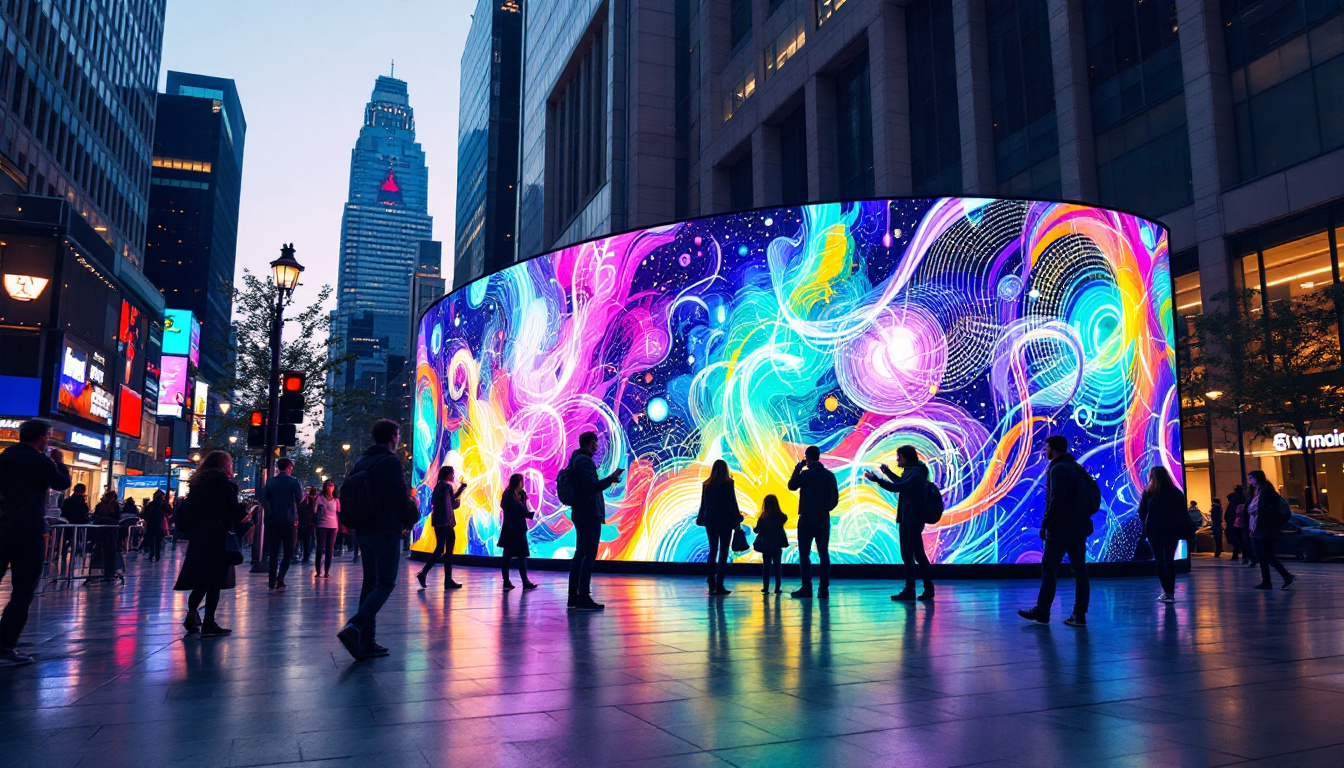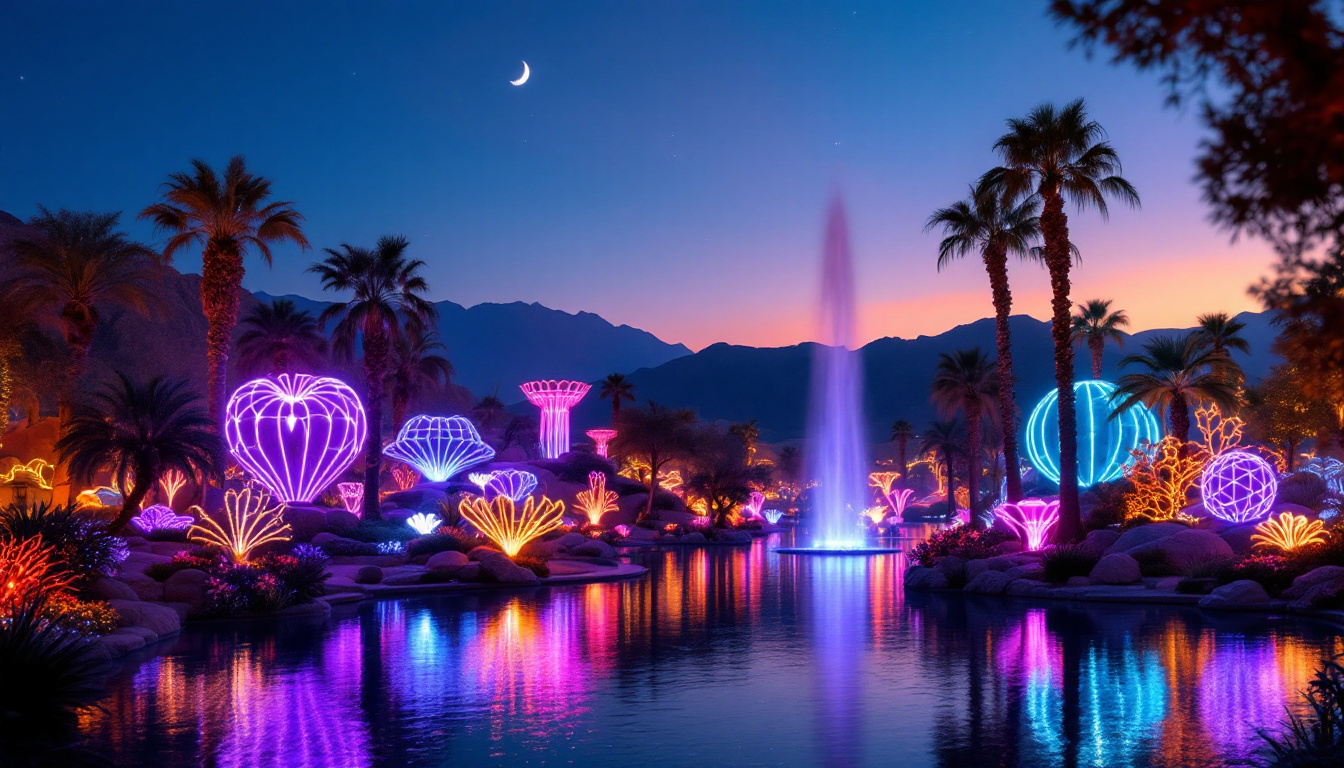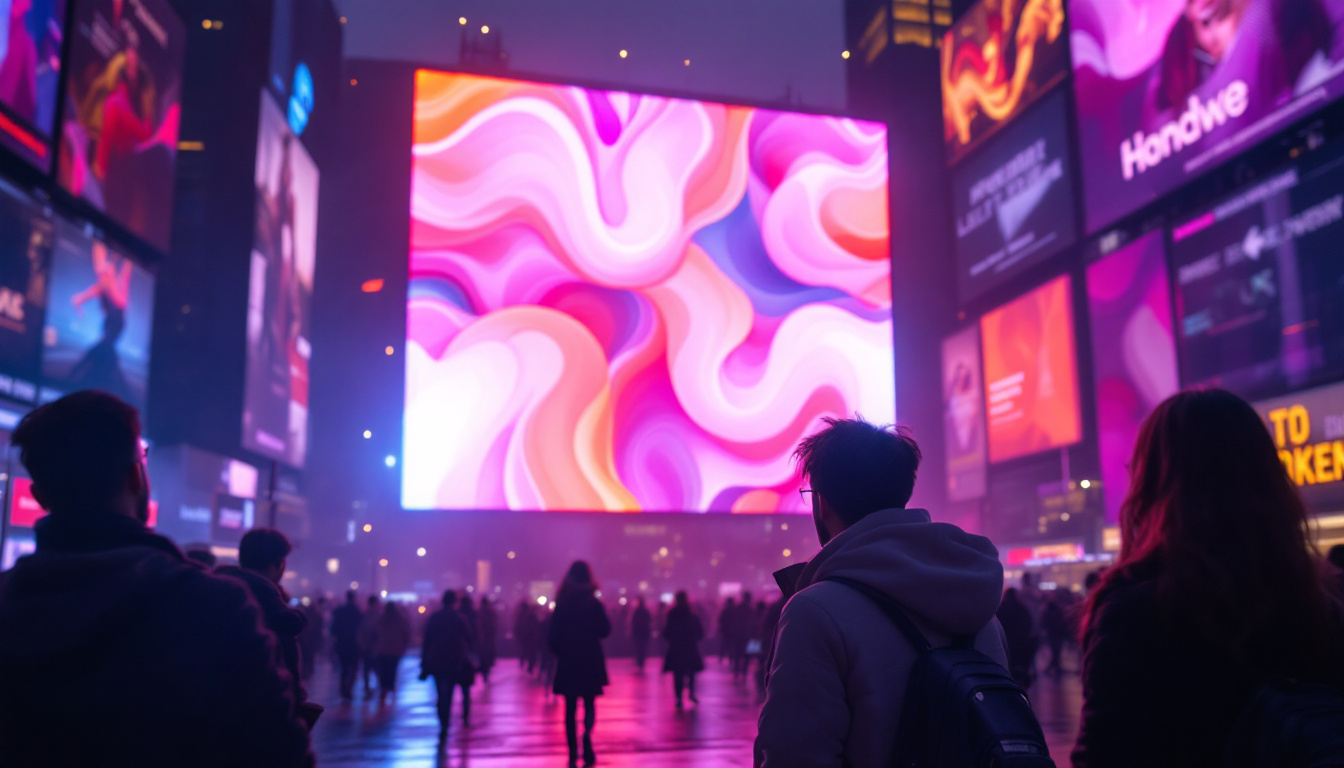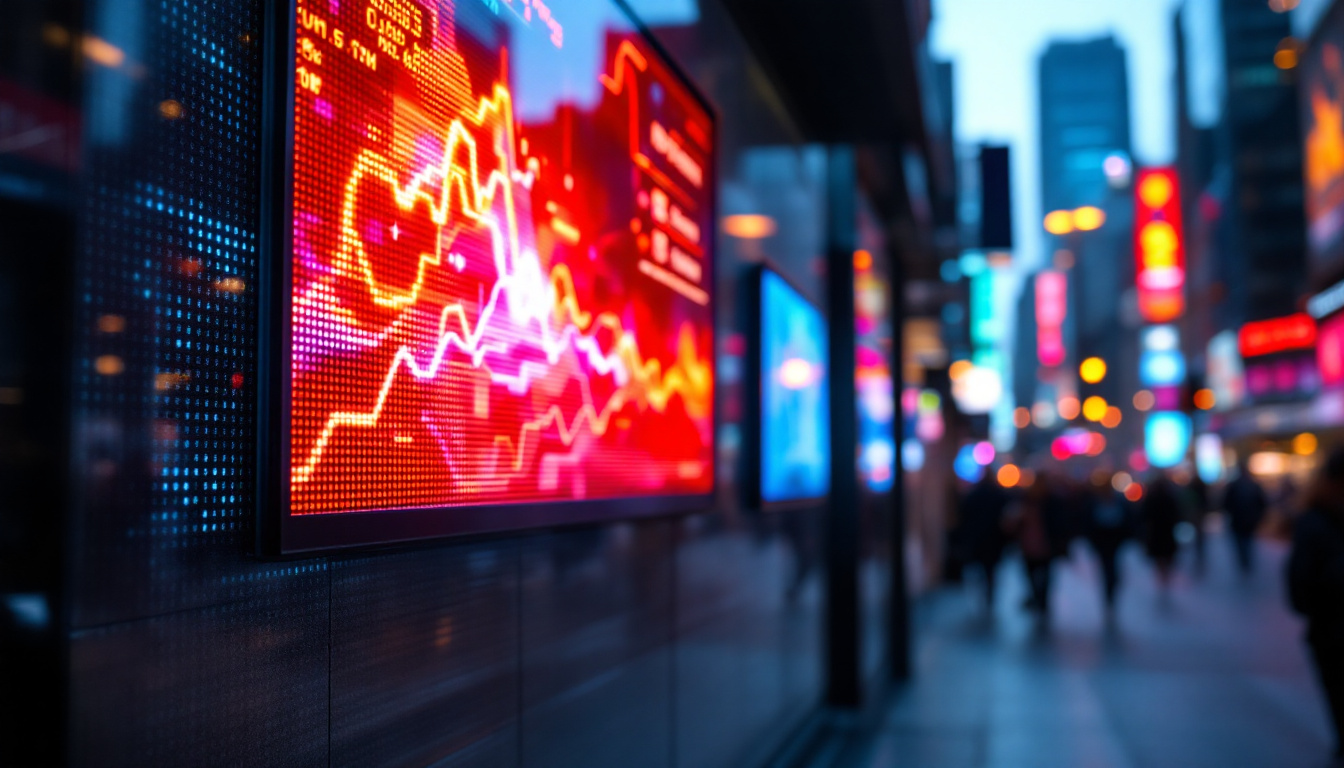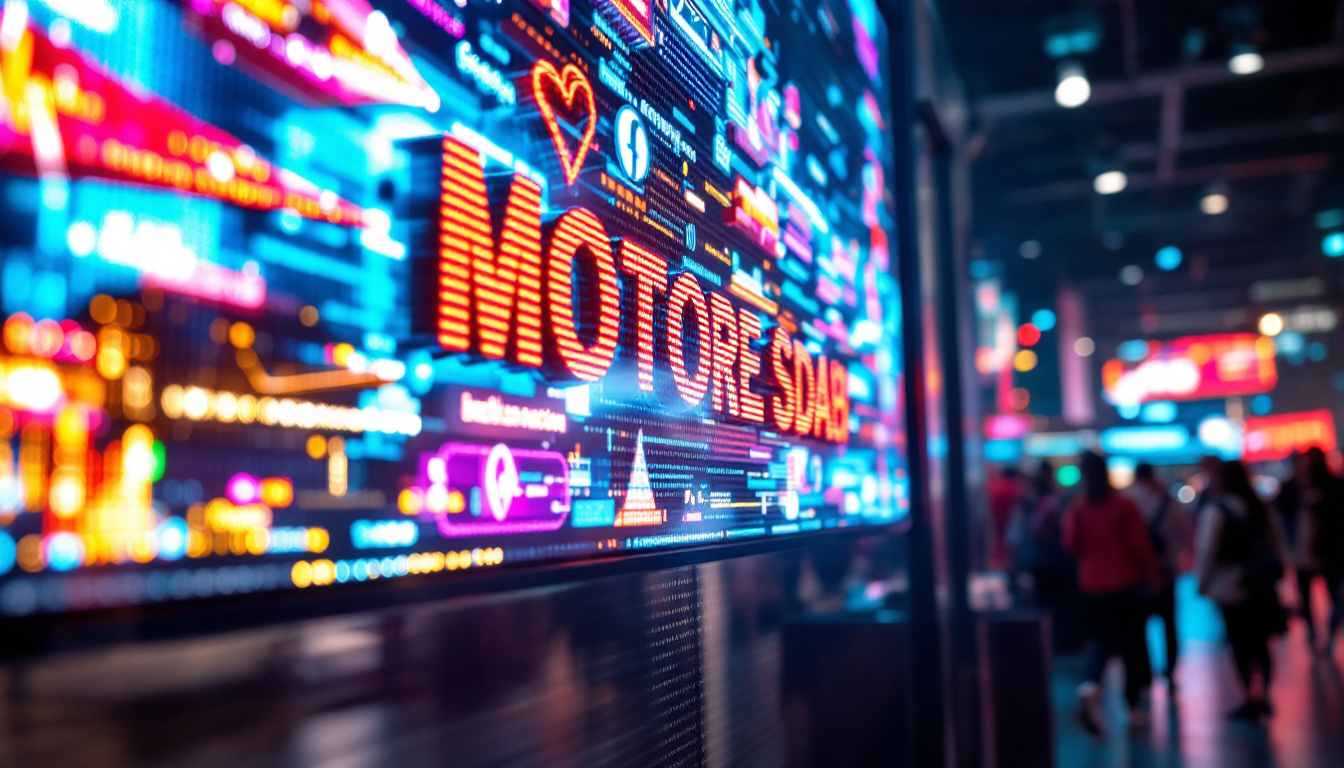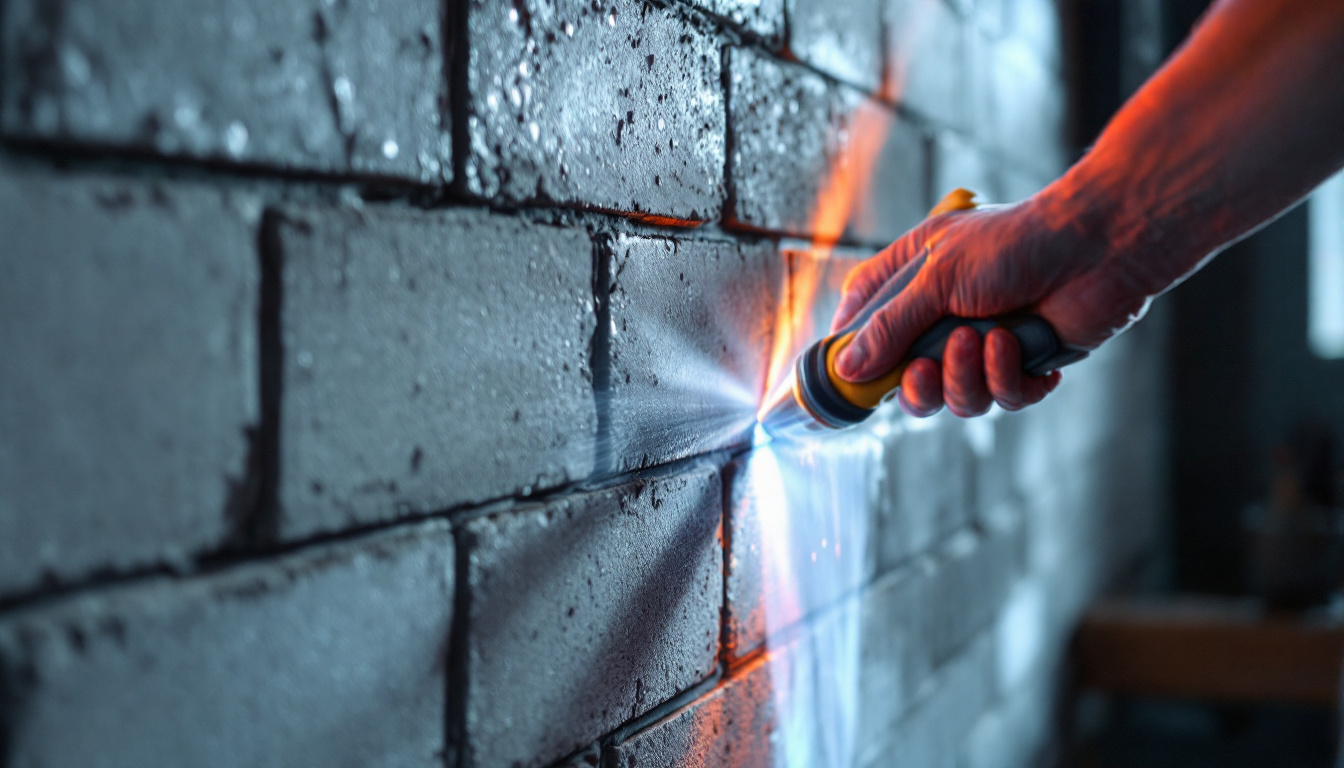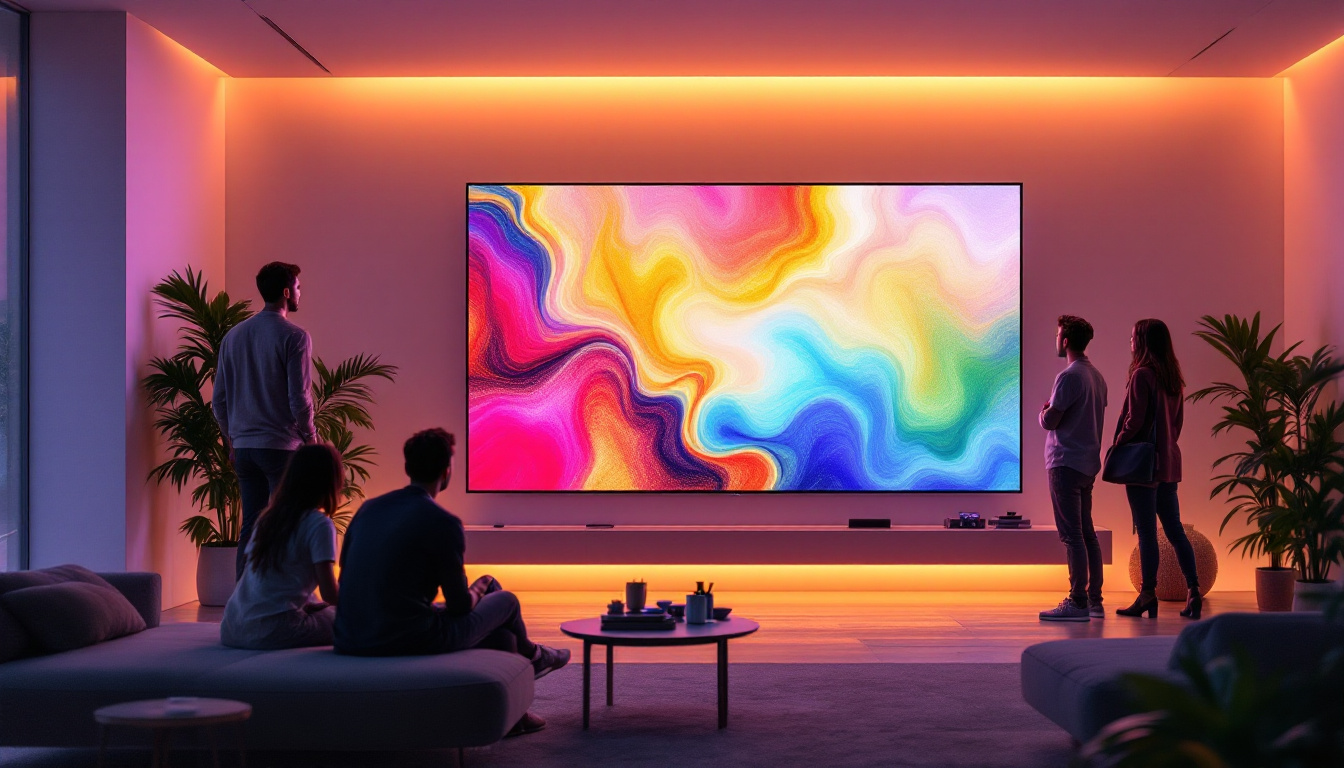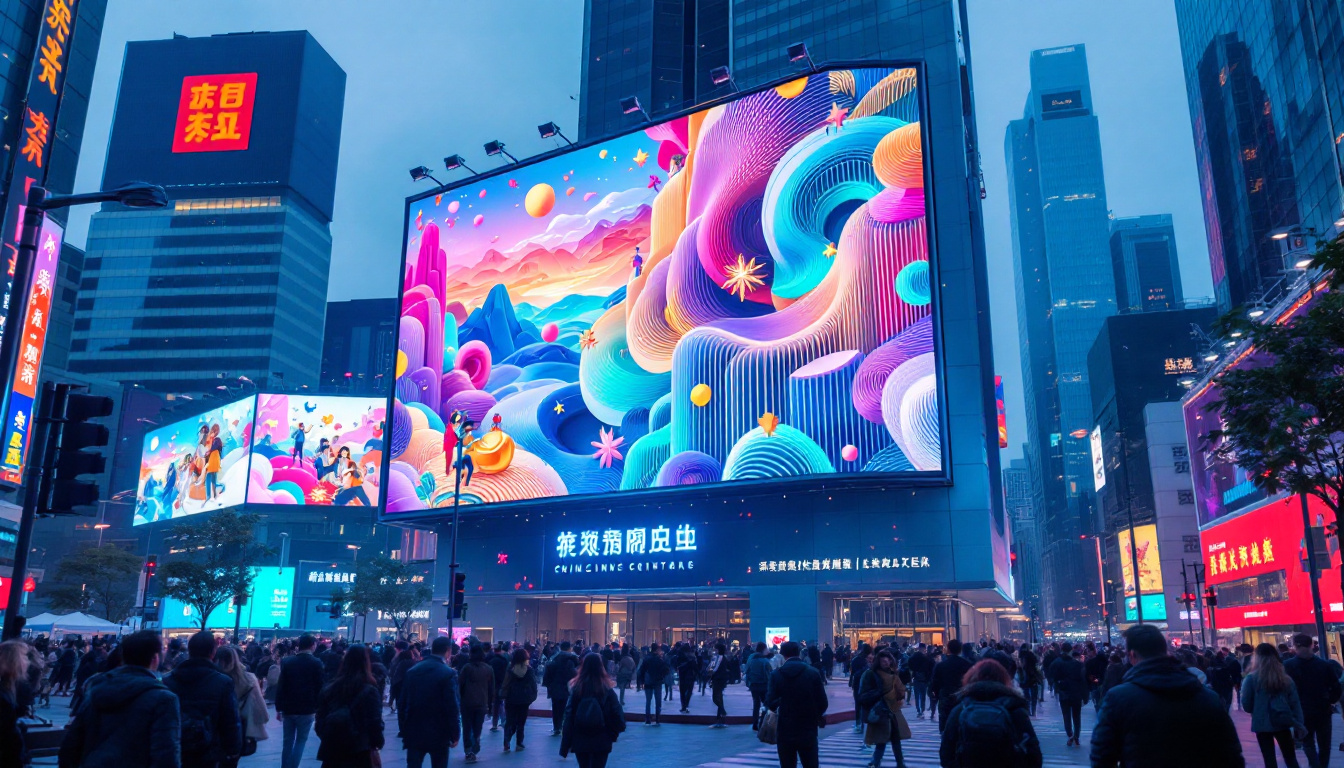The film industry has always been at the forefront of technological advancements, continuously evolving to enhance the viewer’s experience. One of the most significant innovations in recent years is the use of LED displays. The movie “Touched” showcases this technology in a way that captivates audiences and sets a new standard for visual storytelling. This article delves into the intricacies of LED displays as featured in “Touched,” exploring their impact on cinematography, production, and viewer engagement.
Understanding LED Technology
LED, or Light Emitting Diode, technology has transformed the way images are displayed in various mediums, including cinema. Unlike traditional projection methods, LED displays offer a range of benefits that enhance the overall viewing experience.
What is LED Display?
An LED display is a flat panel display that uses an array of light-emitting diodes to produce images. These displays can be found in a variety of settings, from large outdoor billboards to small screens on consumer electronics. In the context of film, LED technology allows for vibrant colors, high contrast ratios, and improved energy efficiency. The ability to create images that are both bright and clear has made LED displays a popular choice for filmmakers looking to captivate their audiences.
Advantages of LED Displays in Film
One of the primary advantages of LED displays in filmmaking is their ability to produce bright and vivid images. This is particularly important in scenes that require high levels of detail and color accuracy. Furthermore, LED technology allows for a wider viewing angle, ensuring that audiences seated at different angles can enjoy the same quality of visuals. This feature is particularly beneficial in large theaters, where traditional projection methods might struggle to maintain image integrity across the entire audience.
Another significant benefit is the flexibility of LED panels. They can be configured in various shapes and sizes, making them ideal for unique set designs and immersive environments. This adaptability is evident in “Touched,” where LED displays create dynamic backdrops that enhance storytelling. The seamless integration of LED technology into the set design not only elevates the visual experience but also allows for real-time changes to the backdrop, enabling filmmakers to adjust scenes on the fly and respond to the creative needs of the moment.
Moreover, LED displays contribute to a more sustainable filmmaking process. With their lower energy consumption compared to traditional lighting methods, filmmakers can reduce their carbon footprint while still achieving stunning visual effects. This eco-friendly approach is becoming increasingly important in an industry that is under scrutiny for its environmental impact. Additionally, the longevity of LED lights means less frequent replacements, further minimizing waste and production costs. As the film industry continues to evolve, the integration of LED technology represents a significant step toward more sustainable practices without compromising on quality or creativity.
The Role of LED Displays in “Touched”
“Touched” utilizes LED technology not just as a tool for visual enhancement, but as a narrative device that contributes to the film’s overall theme. The integration of LED displays allows for a seamless blend of live-action and digital elements, creating a captivating cinematic experience.
Creating Immersive Environments
One of the standout features of “Touched” is its ability to transport viewers into a variety of settings through the use of LED displays. The film employs large LED screens to create immersive environments that change dynamically with the storyline. This technique allows for rapid transitions between scenes, maintaining the film’s pace and energy.
For instance, a scene set in a bustling city can quickly shift to a serene countryside landscape, all facilitated by the versatility of LED technology. This not only enhances the visual appeal but also keeps the audience engaged, as they are continuously drawn into new worlds. The filmmakers took advantage of this technology to create elaborate backdrops that would have been logistically challenging to construct physically. By using LED displays, they could simulate weather changes, time of day, and even fantastical elements that would otherwise require extensive special effects, thus enriching the storytelling experience.
Enhancing Emotional Impact
The emotional resonance of a film is often tied to its visual presentation. In “Touched,” LED displays play a crucial role in amplifying the emotional weight of key scenes. The vibrant colors and sharp details provided by LED technology allow for a more profound connection between the characters and the audience.
For example, during pivotal moments of character development, the background can shift to reflect the protagonist’s emotional state. A bright, bustling environment may transition to darker, more subdued tones, mirroring the character’s internal struggles. This visual storytelling technique deepens the viewer’s understanding of the narrative and enhances the overall impact of the film. Moreover, the use of LED displays allows for intricate layering of images, where subtle details can be added to the background to echo the themes of the story. For instance, fleeting images of past memories or dreams can appear momentarily in the backdrop, providing visual cues that enrich the narrative without the need for dialogue, thus inviting the audience to engage on a deeper level with the characters’ journeys.
Technical Aspects of LED Displays in Filmmaking
The successful implementation of LED displays in “Touched” is a testament to the technical expertise of the film’s production team. Understanding the technical aspects of LED technology is essential for filmmakers looking to utilize this innovative medium effectively.
Resolution and Pixel Density
Resolution plays a critical role in the quality of an LED display. Higher resolution screens provide greater detail, which is essential for cinematic applications. In “Touched,” the production team opted for high pixel density displays to ensure that every frame was crisp and clear, even in close-up shots.
Moreover, the choice of resolution must align with the viewing distance. For instance, displays intended for large audiences require a different resolution than those meant for smaller, more intimate settings. This consideration is crucial in maintaining visual integrity throughout the film.
Color Calibration and Brightness
Color calibration is another vital aspect of using LED displays in filmmaking. Accurate color representation is essential for maintaining the director’s vision and ensuring that the film’s aesthetic is consistent. In “Touched,” meticulous attention was given to color calibration to achieve the desired look and feel of each scene.
Brightness levels also play a significant role in the effectiveness of LED displays. The ability to adjust brightness ensures that visuals remain impactful under various lighting conditions. This flexibility allows filmmakers to create the desired atmosphere, whether it be a bright, sunny day or a dimly lit, moody scene.
Challenges of Using LED Displays
While LED technology offers numerous advantages, it is not without its challenges. Filmmakers must navigate various obstacles to fully leverage the potential of LED displays in their projects.
Cost Considerations
One of the primary challenges associated with LED displays is the cost. High-quality LED panels can be expensive, making them a significant investment for filmmakers. Budget constraints can limit the extent to which LED technology can be utilized, particularly for independent productions.
However, as technology advances and becomes more accessible, the cost of LED displays is gradually decreasing. This trend may open up new opportunities for filmmakers to incorporate this technology into their projects without breaking the bank.
Technical Limitations
Despite their advantages, LED displays can also present technical limitations. Issues such as refresh rates, latency, and color accuracy can impact the overall quality of the visuals. Filmmakers must work closely with technical experts to address these challenges and ensure that the final product meets their standards.
In “Touched,” the production team faced some of these technical hurdles but overcame them through careful planning and collaboration. By leveraging the expertise of specialists in LED technology, they were able to create a visually stunning film that pushed the boundaries of traditional filmmaking.
The Future of LED Displays in Cinema
The use of LED displays in cinema is still in its infancy, but the potential for future developments is immense. As technology continues to evolve, filmmakers can expect even more innovative applications of LED displays in storytelling.
Integration with Virtual Reality
One exciting possibility is the integration of LED displays with virtual reality (VR) technology. This combination could create fully immersive experiences that blur the lines between reality and fiction. Imagine stepping into a scene from “Touched” and experiencing the story from the perspective of the characters.
Such advancements could revolutionize how stories are told in film, allowing for interactive experiences that engage audiences on a deeper level. As filmmakers explore these possibilities, the role of LED displays will likely become even more prominent.
Advancements in Display Technology
As the demand for high-quality visuals continues to grow, advancements in display technology are inevitable. Future LED displays may offer improved resolution, color accuracy, and energy efficiency, further enhancing the cinematic experience.
These advancements will not only benefit filmmakers but also audiences, who will enjoy richer and more immersive storytelling. The potential for innovation in this field is vast, and the future looks promising for LED technology in cinema.
Conclusion
The film “Touched” serves as a remarkable example of how LED displays can transform the cinematic experience. By leveraging the advantages of LED technology, filmmakers can create visually stunning narratives that resonate with audiences on multiple levels. As the industry continues to evolve, the integration of LED displays will likely play a pivotal role in shaping the future of filmmaking.
With ongoing advancements in technology and a growing understanding of its applications, the possibilities for LED displays in cinema are endless. As filmmakers embrace this innovative medium, viewers can look forward to an exciting era of storytelling that pushes the boundaries of imagination and creativity.
Explore the Future of LED Displays with LumenMatrix
As you’ve seen in “Touched,” LED displays are revolutionizing the world of cinema, offering filmmakers unparalleled opportunities to craft immersive and emotionally compelling narratives. If you’re inspired to elevate your own visual storytelling or enhance your brand’s presence, look no further than LumenMatrix. As a pioneer in LED display technology, LumenMatrix provides a wide array of solutions, from Indoor and Outdoor LED Wall Displays to innovative LED Transparent Displays. Discover how LumenMatrix can transform your visual communication and captivate your audience. Check out LumenMatrix LED Display Solutions and join the forefront of digital signage innovation.

